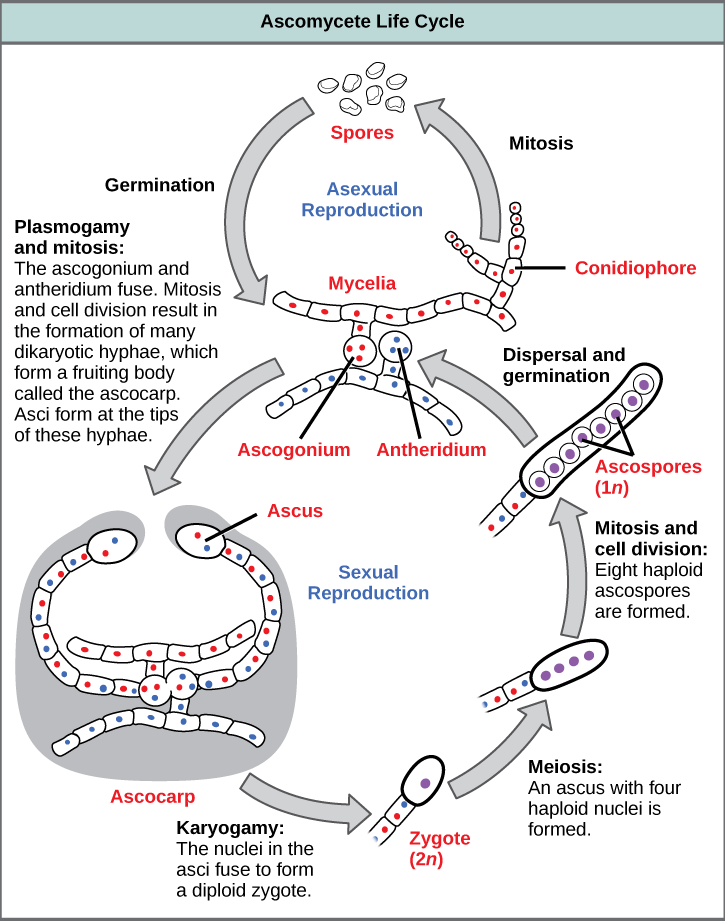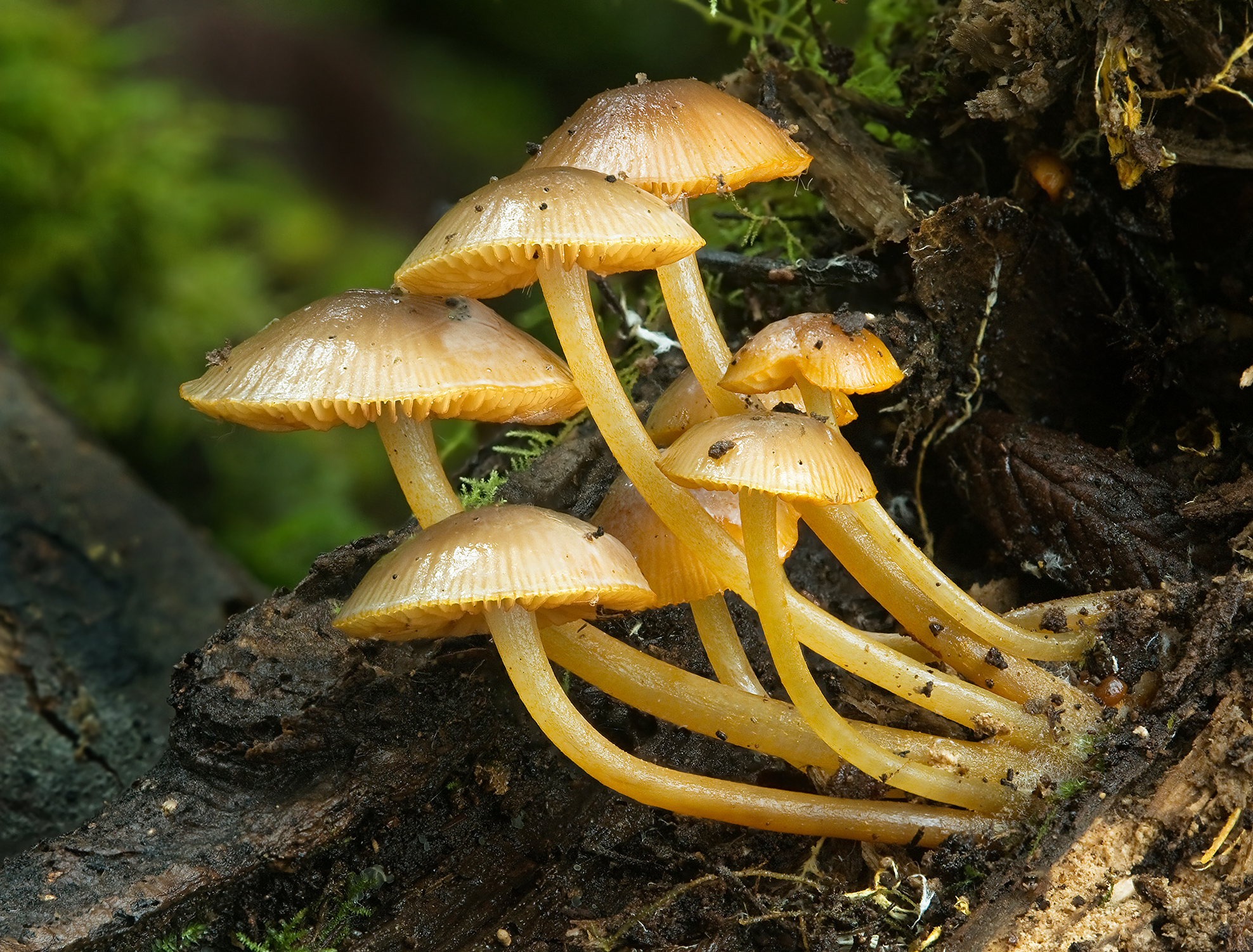|
Moorella (fungus)
''Moorella'' is a genus of saprophytic Saprotrophic nutrition or lysotrophic nutrition is a process of chemoheterotrophic extracellular digestion involved in the processing of decayed (dead or waste) organic matter. It occurs in saprotrophs, and is most often associated with fungi ( ... fungi within the Ascomycota (it has been originally classified within the former taxa Dematiaceae, Helicosporae). It is named ''Moorella'' in honour of mycologist Royall T. Moore, because of his contributions to Helicosporae. ''Moorella speciosa'' is the type species of this genus, an Teleomorph, anamorph and holomorph, anamorph fungus that has been collected growing on dead bark in Nizamabad_district, Nizamabad, India. The GBIF also list; * ''Moorella heterospora'' * ''Moorella monocephala'' References Enigmatic Ascomycota taxa Ascomycota genera {{Ascomycota-stub ... [...More Info...] [...Related Items...] OR: [Wikipedia] [Google] [Baidu] |
Fungi
A fungus (plural, : fungi or funguses) is any member of the group of Eukaryote, eukaryotic organisms that includes microorganisms such as yeasts and Mold (fungus), molds, as well as the more familiar mushrooms. These organisms are classified as a Kingdom (biology), kingdom, separately from the other eukaryotic kingdoms, which by one traditional classification include Plantae, Animalia, Protozoa, and Chromista. A characteristic that places fungi in a different kingdom from plants, bacteria, and some protists is chitin in their cell walls. Fungi, like animals, are heterotrophs; they acquire their food by absorbing dissolved molecules, typically by secreting digestive enzymes into their environment. Fungi do not photosynthesize. Growth is their means of motility, mobility, except for spores (a few of which are flagellated), which may travel through the air or water. Fungi are the principal decomposers in ecological systems. These and other differences place fungi in a single gro ... [...More Info...] [...Related Items...] OR: [Wikipedia] [Google] [Baidu] |
Ascomycota
Ascomycota is a phylum of the kingdom Fungi that, together with the Basidiomycota, forms the subkingdom Dikarya. Its members are commonly known as the sac fungi or ascomycetes. It is the largest phylum of Fungi, with over 64,000 species. The defining feature of this fungal group is the " ascus" (), a microscopic sexual structure in which nonmotile spores, called ascospores, are formed. However, some species of the Ascomycota are asexual, meaning that they do not have a sexual cycle and thus do not form asci or ascospores. Familiar examples of sac fungi include morels, truffles, brewers' and bakers' yeast, dead man's fingers, and cup fungi. The fungal symbionts in the majority of lichens (loosely termed "ascolichens") such as '' Cladonia'' belong to the Ascomycota. Ascomycota is a monophyletic group (it contains all descendants of one common ancestor). Previously placed in the Deuteromycota along with asexual species from other fungal taxa, asexual (or anamorphic) ascom ... [...More Info...] [...Related Items...] OR: [Wikipedia] [Google] [Baidu] |
Saprophytic
Saprotrophic nutrition or lysotrophic nutrition is a process of chemoheterotrophic extracellular digestion involved in the processing of decayed (dead or waste) organic matter. It occurs in saprotrophs, and is most often associated with fungi (for example ''Mucor'') and soil bacteria. Saprotrophic microscopic fungi are sometimes called saprobes; saprotrophic plants or bacterial flora are called saprophytes ( sapro- 'rotten material' + -phyte 'plant'), although it is now believed that all plants previously thought to be saprotrophic are in fact parasites of microscopic fungi or other plants. The process is most often facilitated through the active transport of such materials through endocytosis within the internal mycelium and its constituent hyphae. states the purpose of saprotrophs and their internal nutrition, as well as the main two types of fungi that are most often referred to, as well as describes, visually, the process of saprotrophic nutrition through a diagram of hyph ... [...More Info...] [...Related Items...] OR: [Wikipedia] [Google] [Baidu] |
Fungi
A fungus (plural, : fungi or funguses) is any member of the group of Eukaryote, eukaryotic organisms that includes microorganisms such as yeasts and Mold (fungus), molds, as well as the more familiar mushrooms. These organisms are classified as a Kingdom (biology), kingdom, separately from the other eukaryotic kingdoms, which by one traditional classification include Plantae, Animalia, Protozoa, and Chromista. A characteristic that places fungi in a different kingdom from plants, bacteria, and some protists is chitin in their cell walls. Fungi, like animals, are heterotrophs; they acquire their food by absorbing dissolved molecules, typically by secreting digestive enzymes into their environment. Fungi do not photosynthesize. Growth is their means of motility, mobility, except for spores (a few of which are flagellated), which may travel through the air or water. Fungi are the principal decomposers in ecological systems. These and other differences place fungi in a single gro ... [...More Info...] [...Related Items...] OR: [Wikipedia] [Google] [Baidu] |
Mycologist
Mycology is the branch of biology concerned with the study of fungi, including their genetic and biochemical properties, their taxonomy and their use to humans, including as a source for tinder, traditional medicine, food, and entheogens, as well as their dangers, such as toxicity or infection. A biologist specializing in mycology is called a mycologist. Mycology branches into the field of phytopathology, the study of plant diseases, and the two disciplines remain closely related because the vast majority of plant pathogens are fungi. Overview Historically, mycology was a branch of botany because, although fungi are evolutionarily more closely related to animals than to plants, this was not recognized until a few decades ago. Pioneer mycologists included Elias Magnus Fries, Christian Hendrik Persoon, Anton de Bary, Elizabeth Eaton Morse, and Lewis David von Schweinitz. Beatrix Potter, author of ''The Tale of Peter Rabbit'', also made significant contributions to the field. ... [...More Info...] [...Related Items...] OR: [Wikipedia] [Google] [Baidu] |
Royall T
Royall may refer to: ;Surname * Isaac Royall, Jr. (1719–1781), American landowner, gave land for Harvard Law School * Anne Royall (1769–1854), travel writer and newspaper editor * William B. Royall (1825–1895), US Army general * J. Powell Royall (1874–1945), politician in Virginia, USA * Kenneth Claiborne Royall (1894–1971), US Army general, Secretary of the Army * Joe Royall (1912–1975), baseball player * Kenneth Claiborne Royall, Jr. (1918–1999), politician in North Carolina, USA * Robert V. Royall (born 1934), former US ambassador to Tanzania * Janet Royall, Baroness Royall of Blaisdon (born 1955), British politician, principal of Somerville College, Oxford * Paul Royall, BBC journalist ;Given name * Royall Tyler (1757–1826), American jurist and playwright * Royall T. Wheeler (1810–1864), judge in Texas, USA * Royall Tyler (historian) (1884–1953), American historian * Royall T. Moore (1930–2014), American mycologist * Royall Tyler (academic) (born 1936 ... [...More Info...] [...Related Items...] OR: [Wikipedia] [Google] [Baidu] |
Moorella Speciosa
{{Genus disambiguation ...
Moorella may refer to: * ''Moorella'' (bacterium), a bacterial genus belonging to the phylum Bacillota * ''Moorella'' (fungus), a genus of fungi within the phylum Ascomycota * ''Moorella'' (wasp), a wasp genus in the family Encyrtidae Encyrtidae is a large family of parasitic wasps, with some 3710 described species in about 455 genera. The larvae of the majority are primary parasitoids on Hemiptera, though other hosts are attacked, and details of the life history can be vari ... [...More Info...] [...Related Items...] OR: [Wikipedia] [Google] [Baidu] |
Type Species
In zoological nomenclature, a type species (''species typica'') is the species name with which the name of a genus or subgenus is considered to be permanently taxonomically associated, i.e., the species that contains the biological type specimen(s). Article 67.1 A similar concept is used for suprageneric groups and called a type genus. In botanical nomenclature, these terms have no formal standing under the code of nomenclature, but are sometimes borrowed from zoological nomenclature. In botany, the type of a genus name is a specimen (or, rarely, an illustration) which is also the type of a species name. The species name that has that type can also be referred to as the type of the genus name. Names of genus and family ranks, the various subdivisions of those ranks, and some higher-rank names based on genus names, have such types. [...More Info...] [...Related Items...] OR: [Wikipedia] [Google] [Baidu] |
Teleomorph, Anamorph And Holomorph
In mycology, the terms teleomorph, anamorph, and holomorph apply to portions of the life cycles of fungi in the phyla Ascomycota and Basidiomycota: *Teleomorph: the sexual reproductive stage (morph), typically a fruiting body. *Anamorph: an asexual reproductive stage (morph), often mold-like. When a single fungus produces multiple morphologically distinct anamorphs, these are called synanamorphs. *Holomorph: the whole fungus, including anamorphs and teleomorph. Dual naming of fungi Fungi are classified primarily based on the structures associated with sexual reproduction, which tend to be evolutionarily conserved. However, many fungi reproduce only asexually, and cannot easily be classified based on sexual characteristics; some produce both asexual and sexual states. These problematic species are often members of the Ascomycota, but a few of them belong to the Basidiomycota. Even among fungi that reproduce both sexually and asexually, often only one method of reproduction can be ... [...More Info...] [...Related Items...] OR: [Wikipedia] [Google] [Baidu] |
Nizamabad District
Nizamabad district is a district located in the north-western region in the Indian state of Telangana. The city of Nizamabad is the district headquarters.It was known as " Indur " which was supposed to have originated from the name of the King was Indradatta who seems to have flourished it during the 5th century A.D.The district share boundaries with Jagtial, Sircilla, Nirmal, Kamareddy districts and with Nanded district of the state boundary of Maharashtra. Etymology ''Nizam'' stands for Nizam, the governor (of the empire) of Hyderabad State and also ''Abad'' means 'Long Live'. Nizamabad was founded in the year 1905 when Nizam's Dominion were it recognized, where up to it was known as ''Indur'' which was supposed to have originated from the name of the King was ''Indradatta'' who seems to have flourished it during the 5th century A.D. Later during the 18th century the Nizams ruled over the Deccan region and the district got its name from him. History In October 2016, th ... [...More Info...] [...Related Items...] OR: [Wikipedia] [Google] [Baidu] |
GBIF
The Global Biodiversity Information Facility (GBIF) is an international organisation that focuses on making scientific data on biodiversity available via the Internet using web services. The data are provided by many institutions from around the world; GBIF's information architecture makes these data accessible and searchable through a single portal. Data available through the GBIF portal are primarily distribution data on plants, animals, fungi, and microbes for the world, and scientific names data. The mission of the GBIF is to facilitate free and open access to biodiversity data worldwide to underpin sustainable development. Priorities, with an emphasis on promoting participation and working through partners, include mobilising biodiversity data, developing protocols and standards to ensure scientific integrity and interoperability, building an informatics architecture to allow the interlinking of diverse data types from disparate sources, promoting capacity building and ca ... [...More Info...] [...Related Items...] OR: [Wikipedia] [Google] [Baidu] |
Moorella Heterospora
{{Genus disambiguation ...
Moorella may refer to: * ''Moorella'' (bacterium), a bacterial genus belonging to the phylum Bacillota * ''Moorella'' (fungus), a genus of fungi within the phylum Ascomycota * ''Moorella'' (wasp), a wasp genus in the family Encyrtidae Encyrtidae is a large family of parasitic wasps, with some 3710 described species in about 455 genera. The larvae of the majority are primary parasitoids on Hemiptera, though other hosts are attacked, and details of the life history can be vari ... [...More Info...] [...Related Items...] OR: [Wikipedia] [Google] [Baidu] |




_(2).jpg)

